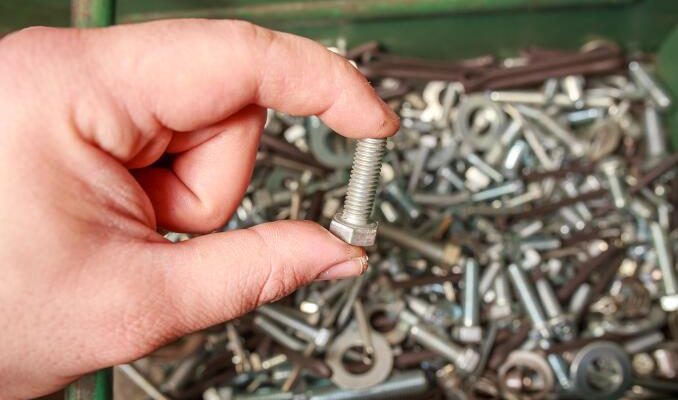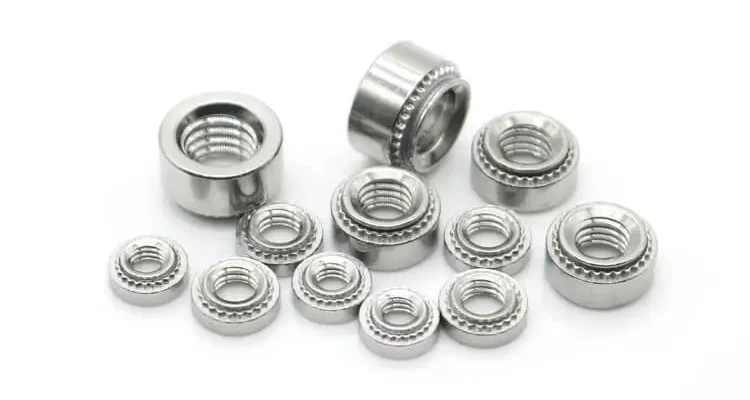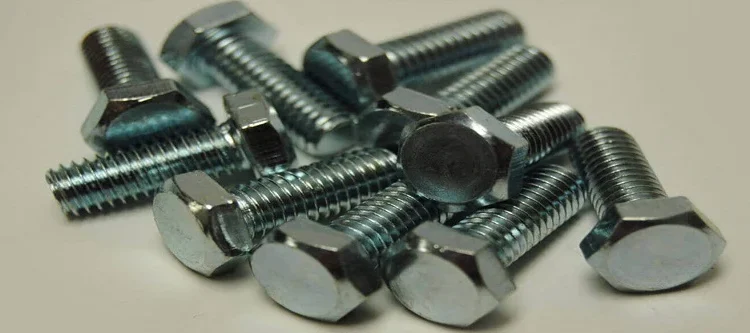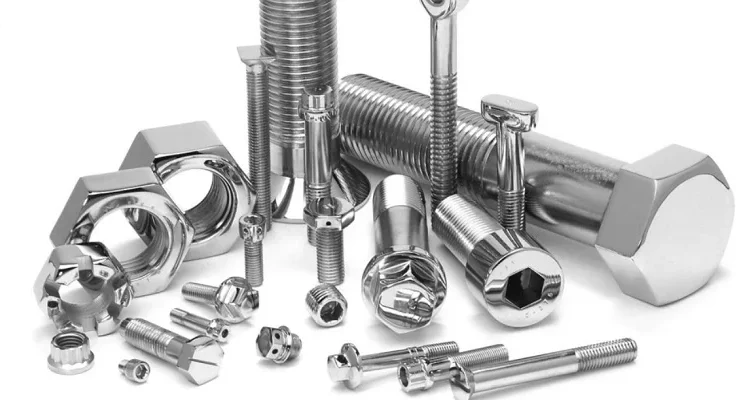
How to distinguish bolt strength
To distinguish bolt strength, refer to its markings like 8.8 or 10.9, indicating tensile and yield strength. Use a tensile test with a force gauge to measure actual tensile strength. For example, an 8.8 grade bolt has a tensile strength of about 800 MPa.
Classification of Grades
Strength grades are mostly represented by numbers, such as 4.8, 8.8, 10, etc. The tensile strength of an 8.8 grade bolt is about 800 MPa, and the yield strength is about half of that, approximately 640 MPa.
For example, in the construction of Beijing Daxing International Airport, a large number of high-strength bolts of grades 8.8 and 10.9 were used. Zhao Wei, an engineer from a heavy hex bolt manufacturer, said: “High strength bolts are like the cornerstone of modern construction projects; their quality directly affects the success or failure of the entire project.”
In 1931, the Empire State Building in New York used tens of thousands of high-strength bolts. With the development of materials science, bolts with increasingly higher strength grades have also been developed.
The grade of bolts should be suitable for practical applications; it affects the selection of bolts. For example, an automobile engine factory requires high-strength bolts of grades 10.9 or even 12.9 during the manufacturing process to withstand the enormous stress under high temperature and high pressure conditions. On the other hand, grade 4.8 bolts are more than sufficient for home decoration (commonly seen), with a tensile strength of about 400 MPa.
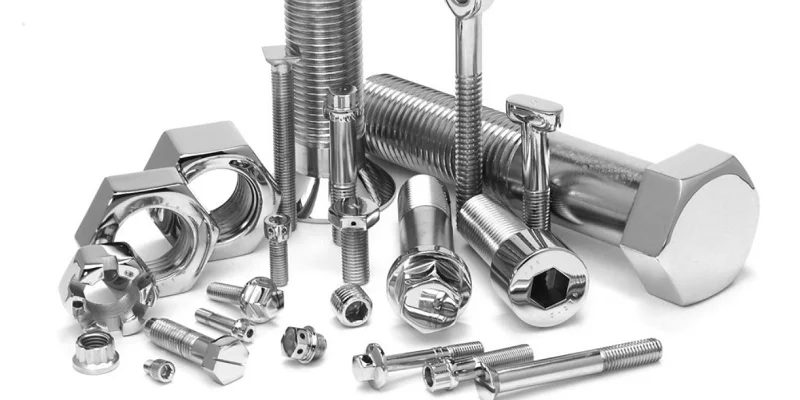
Tensile Strength
Bolt strength is measured in MPa (megapascals). The tensile strength of an 8.8 grade bolt is 800 MPa.
In construction engineering, the tensile strength of bolts is very important. For example, grade 10.9 bolts, with a tensile strength of up to 1000 MPa, are commonly used in high-rise building construction.
The Shanghai Tower project (632m) used a large number of high-strength bolts of grades 10.9 and 12.9 to ensure construction safety under extreme wind conditions at over 600 meters high. Li Ming, chief engineer of the Tiange Design Institute, said: “The tensile strength of high-strength bolts is the basis for achieving reliable building connections and is a key indicator that cannot be ignored.”
In the automobile engine production process, the assembly bolts not only need sufficient tensile strength but also good heat resistance and fatigue performance. Most automobile engine bolts are grade 10.9, with tensile strength always exceeding 1000 MPa.
Regarding standard bolts and high-strength bolts, a common question is: “Is higher tensile strength better?” The higher the tensile strength of the anchor bolt, the stronger its load-bearing capacity.
On Japan’s Shinkansen trains, thousands of high-strength bolts are screwed together to ensure the safety and stability of the trains at such high speeds. Shinkansen, the world leader in high-speed rail technology, once said: “The tensile strength of bolts is one of the main factors ensuring the safe operation of the train.”
Yield Strength
Yield strength (Nper) is also measured in MPa (megapascals). For example, the yield strength of an 8.8 grade bolt is 640 MPa.
Therefore, yield strength is a measure when selecting bolts for engineering applications. For instance, in bridge construction, 8. Bridge engineering expert Wang Qiang said: “Yield strength is an important indicator to ensure the safety of engineering structures.”
Yield strength directly affects the choice and safety performance of construction materials. Grade 10.9 bolts are used for high-rise building steel structure connections, with a yield strength greater than 900 MPa.
The Guangzhou Tower uses a large number of high-yield strength bolts, making the tower more stable and safe under strong winds or earthquakes. Li Jianguo, chief engineer of the project section, said: “High-strength bolts have ensured the safety of super high-rise buildings for many years.”
In the automobile manufacturing industry, due to the high requirements for load and vibration (i.e., tensile load) on engine mounting brackets or other chassis components, grade 10.9 or higher ANSI bolts with high yield strength material characteristics are usually used, sometimes even grade 12 in very critical areas. The yield strengths of these bolts are 900 MPa and 1080 MPa respectively.
Using bolts with higher yield strength can reduce the amount of material used, thereby lowering costs. Correct selection of yield strength can significantly save costs in some large infrastructure projects while ensuring safety.
So, the question may be: “Which is more important, yield strength or tensile strength?” According to experts, it’s hard to say, it’s 50-50. Yield strength is the stress a material can withstand before it starts to deform, while tensile strength is the maximum axial force a material can withstand before it breaks.

